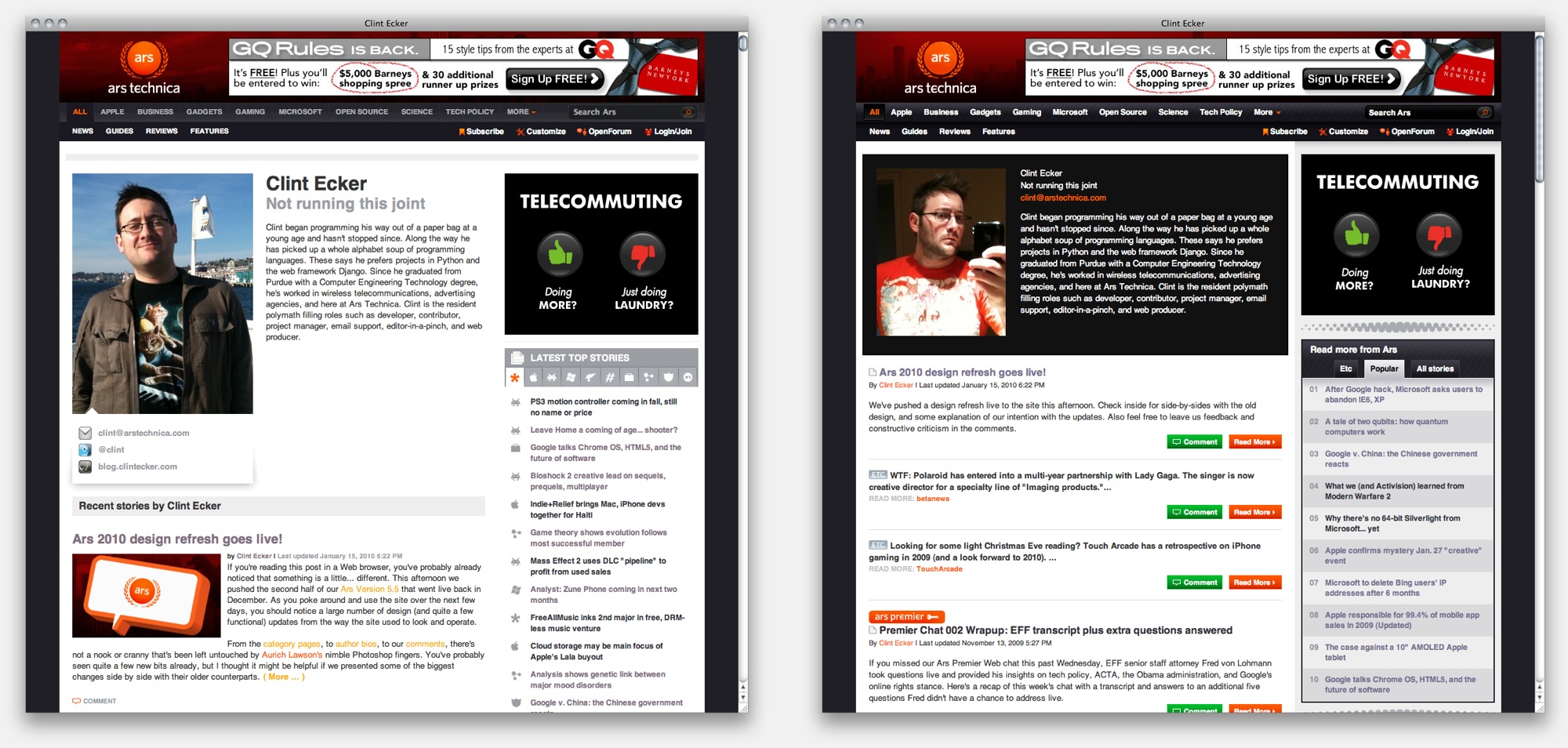As the sun rises over the Orbiting HQ of Ars Technica, there’s a palpable buzz in the air. Today marks the launch of Ars 9.0, the latest iteration of the beloved tech website’s design. This isn’t just any redesign – it’s a significant leap forward in user experience, marking only the ninth major overhaul in the site’s impressive 26-year history.
Stepping into the bustling newsroom, I’m greeted by Ken Fisher, Ars Technica’s founder and Editor-in-Chief. “We think the Ars experience gets better with each iteration,” he says, his eyes gleaming with excitement. “This time around, we’ve brought a ton of behind-the-scenes improvements aimed squarely at making the site faster, more readable, and more customizable.”
One of the most striking changes in Ars 9.0 is the implementation of fully responsive design across desktop and mobile devices. As Fisher explains, “For various reasons, we have maintained separate code bases for desktop and mobile over the years, but that has come to an end – everything is now unified.”
This shift to responsive design is a game-changer for Ars readers. No matter what device they’re using, they’ll now have access to all site features. It’s a move that reflects the evolving ways in which people consume content in the digital age.
Another significant update is the increase in default text size. “People with aging eyes (like me!) should appreciate this, and mobile users should find things easier to read in general,” Fisher chuckles. This change aligns Ars with current web design trends, prioritizing readability across all platforms.

Perhaps the most exciting aspect of Ars 9.0 is the array of new customization options. Fisher walks me through the four different front page views now available:
1. Classic: A subscriber-only mode offering an old-school “blog” format.
2. Grid: The default view, presenting stories with improved hierarchy.
3. List: A streamlined, reverse-chronological view.
4. Neutron Star: A text-focused, power-user interface exclusive to subscribers.
“We’re not introducing anything radically different in our stories or presentation,” Fisher explains. “Just trying to make everything work better and feel nicer.”
Another new feature catching my eye is the “Most Read” box. Top stories from the last 24 hours will show up there, and the box is updated in real time,” Fisher says proudly. “We’ve never offered readers a view into what stories are popping quite like this.”
Subscribers get an extra perk – the ability to customize this box to focus on specific sections, like Space or AI.
As we delve deeper into the new features, Fisher reveals a highly requested addition: topic hiding for subscribers. “People wanted the ability to hide topics that didn’t interest them,” he explains. So now, if you want to skip articles about cars, or you don’t want to see Apple content, just hide it.
This level of personalization is unprecedented for Ars, allowing readers to tailor their experience to their specific interests.
As our tour of the new design winds down, Fisher is quick to acknowledge the team behind the redesign. “A special note of gratitude goes out to our battalion of two, Ars Creative Director Aurich Lawson and Ars Technical Director Jason Marlin,” he says. “Not only have they done all the heavy lifting to make this happen, but they did it while juggling everything else we throw at them.”
Reflecting on the site’s journey, Fisher’s pride is evident. In a world of shrinking journalism budgets, your support has enabled us to employ a fully unionized staff of writers and editors while rolling out quality-of-life updates to the reading experience that came directly from your feedback.
As we wrap up our conversation, Fisher emphasizes the importance of reader support. “Everyone wants your subscription dollars these days, but we’ve tried hard to earn them at Ars by putting readers first,” he says. With subscription prices remaining unchanged since 2000 – just $25/year for the entry-level tier – Ars Technica continues to offer exceptional value for tech enthusiasts.
The launch of Ars 9.0 marks a new chapter in the site’s storied history. With its focus on personalization, readability, and user experience, this redesign sets a new standard for tech journalism websites. As readers explore the new features and provide feedback, the Ars team stands ready to fine-tune and improve, ensuring that Ars Technica remains at the forefront of digital technology coverage for years to come.
















Add Comment